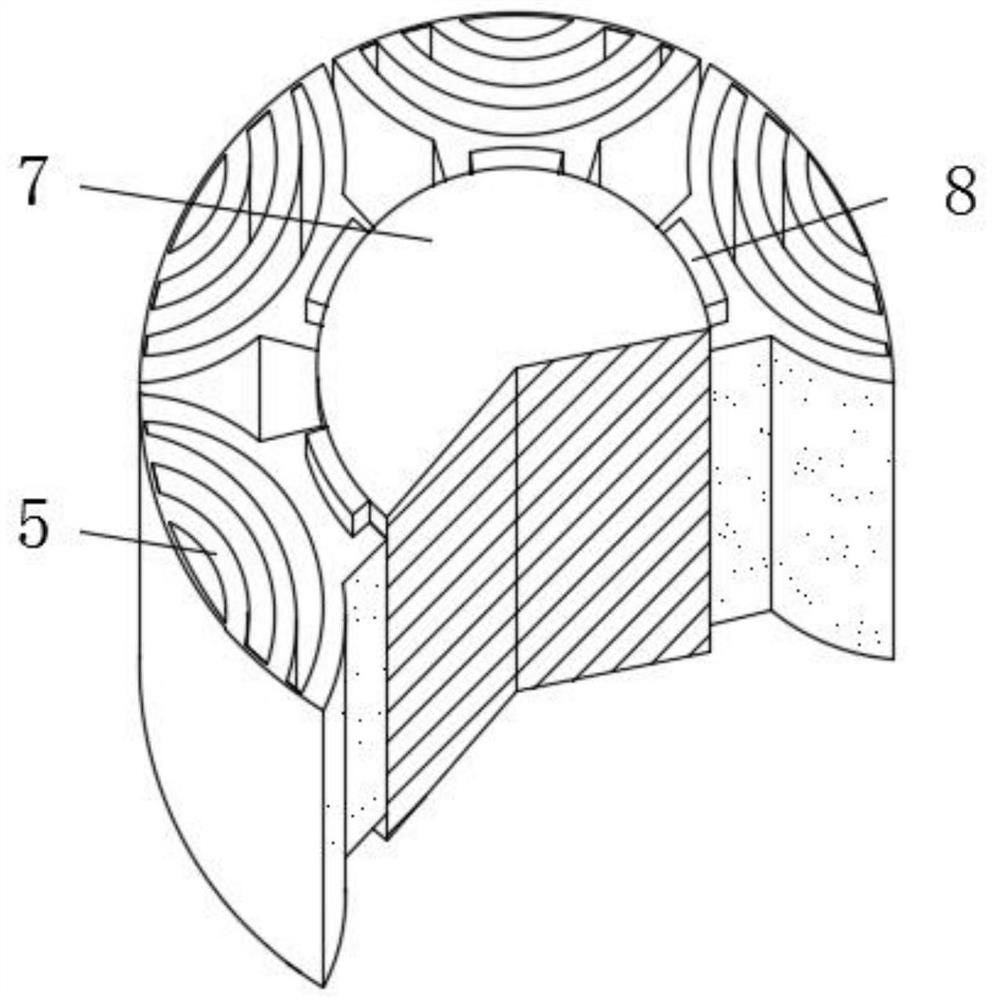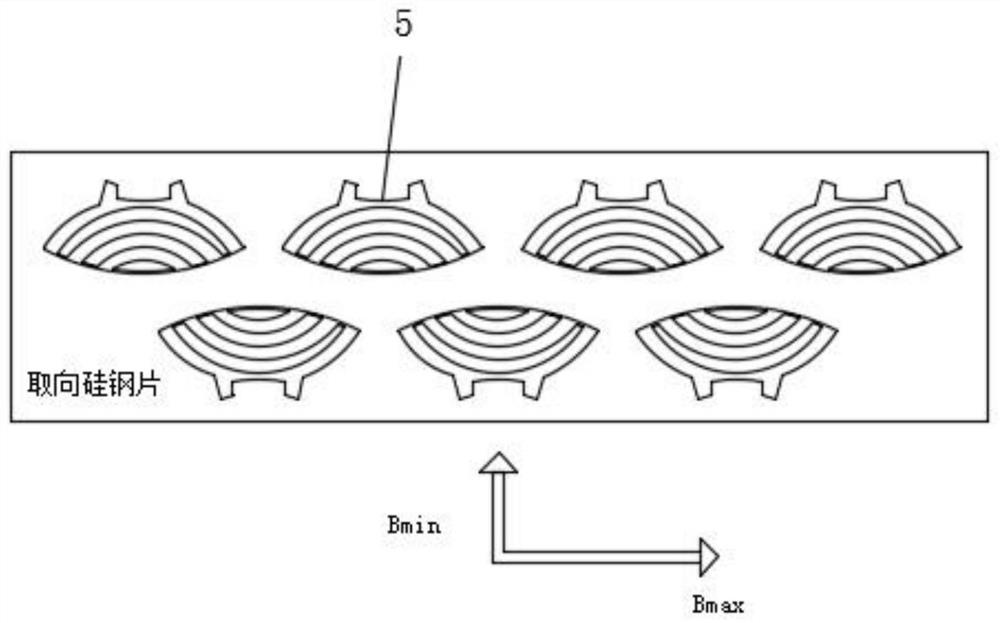Modular rotor structure of synchronous reluctance motor with high power factor
A technology of synchronous reluctance motor and high power factor, applied in the direction of magnetic circuit shape/style/structure, magnetic circuit rotating parts, magnetic circuit characterized by magnetic materials, etc., can solve the problem of reducing torque density and power factor Problems such as limited improvement and difficult processing can achieve the effect of saving material cost, reducing motor weight and improving mechanical strength
- Summary
- Abstract
- Description
- Claims
- Application Information
AI Technical Summary
Problems solved by technology
Method used
Image
Examples
Embodiment Construction
[0026] The following will clearly and completely describe the technical solutions in the embodiments of the present invention with reference to the accompanying drawings in the embodiments of the present invention. Obviously, the described embodiments are only some, not all, embodiments of the present invention. Based on the embodiments of the present invention, all other embodiments obtained by persons of ordinary skill in the art without making creative efforts belong to the protection scope of the present invention.
[0027] see Figure 1~3 , in an embodiment of the present invention, a high power factor synchronous reluctance motor modular rotor structure, including a motor casing 1, a stator core 2, a stator winding 3 and a rotor body 4, and a stator is installed inside the motor casing 1 Iron core 2, several stator windings 3 are wound in the stator iron core 2, a rotor body 4 is arranged inside the stator iron core 2, and the rotor body 4 includes six rotor pole modules...
PUM
 Login to View More
Login to View More Abstract
Description
Claims
Application Information
 Login to View More
Login to View More - R&D
- Intellectual Property
- Life Sciences
- Materials
- Tech Scout
- Unparalleled Data Quality
- Higher Quality Content
- 60% Fewer Hallucinations
Browse by: Latest US Patents, China's latest patents, Technical Efficacy Thesaurus, Application Domain, Technology Topic, Popular Technical Reports.
© 2025 PatSnap. All rights reserved.Legal|Privacy policy|Modern Slavery Act Transparency Statement|Sitemap|About US| Contact US: help@patsnap.com



